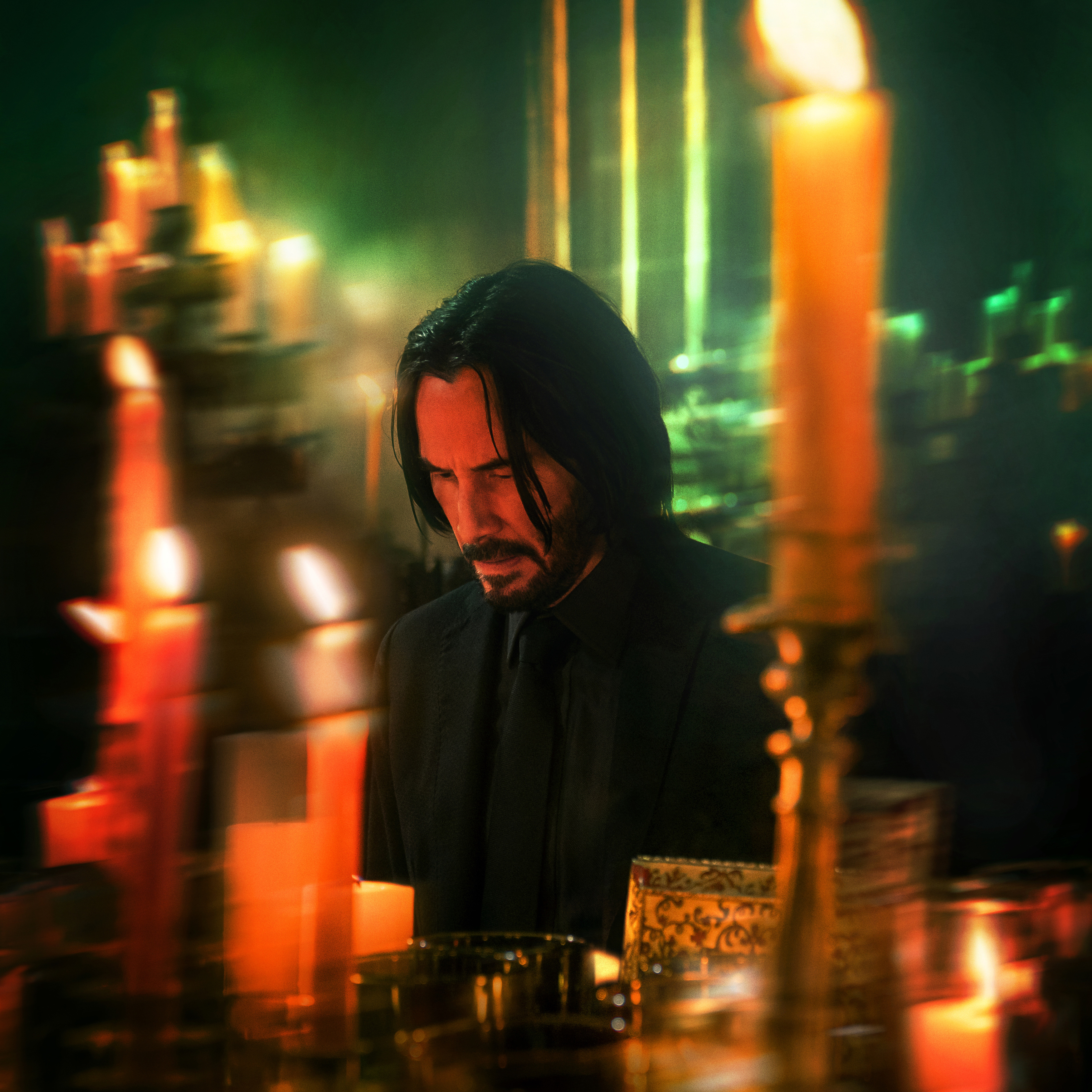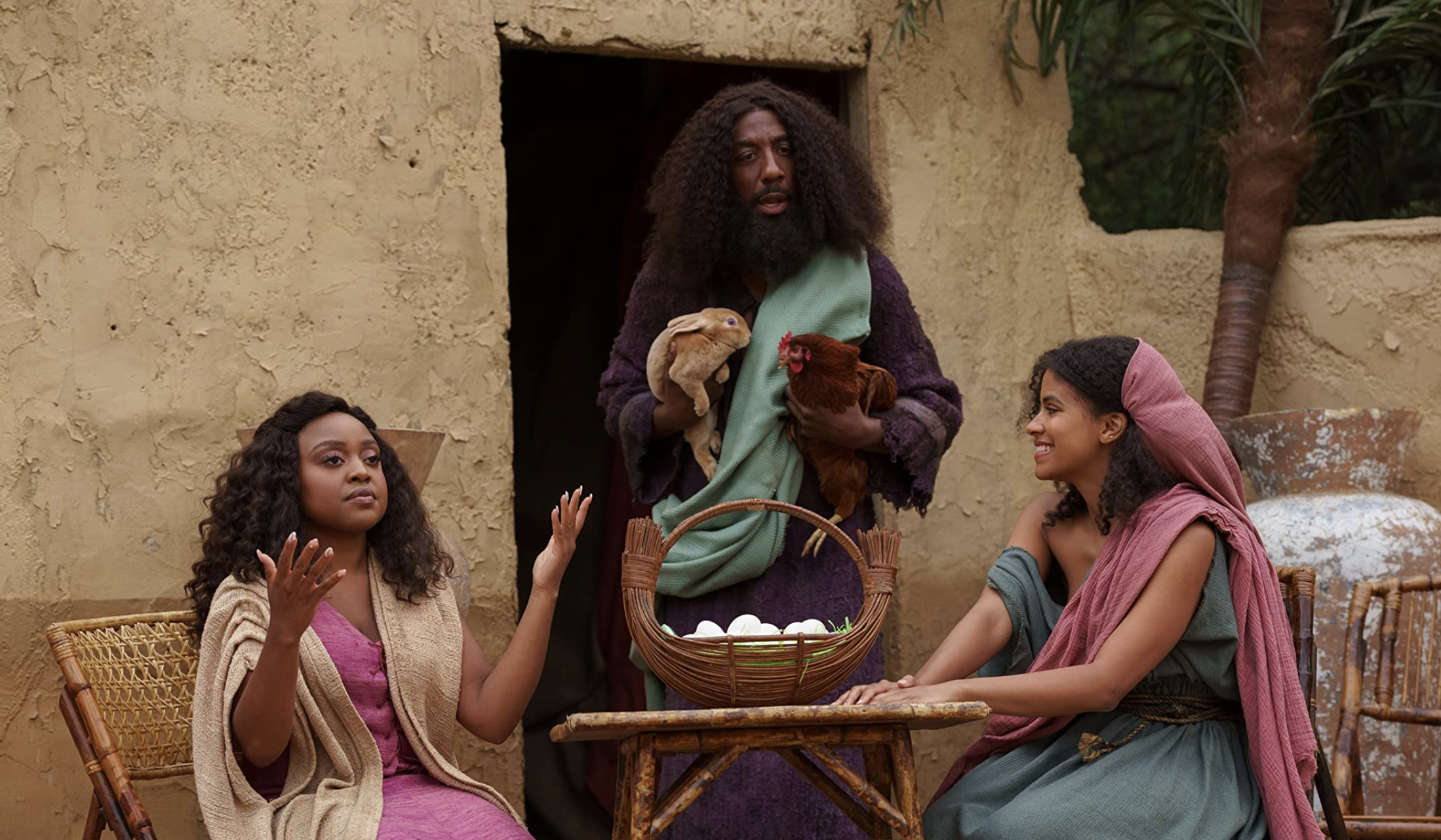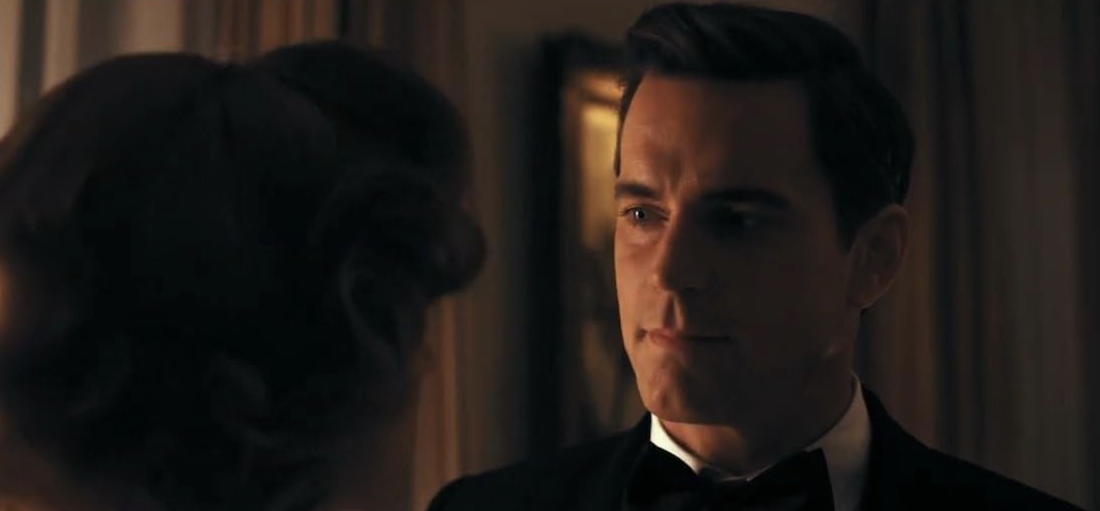Andor Showrunner Tony Gilroy on the Importance of Finding a Hook in Action Scenes
April 6, 2023
Andor is a dark, sci-fi-thriller that follows the adventures of Cassian Andor (Diego Luna), a Rebel Alliance intelligence officer, as he searches for his missing sister while trying to evade the evil Empire. The show is set five years before the events of the film Rogue One: A Star Wars Story (2016) and explores the darker side of the Star Wars universe (the opening scene takes place in a brothel), where the lines between good and evil are blurred, and trust is rare and dangerous.
Andor creator and showrunner Tony Gilroy is a master when it comes to the action/thriller genre. Having written four of the Jason Bourne franchise films and directed The Bourne Legacy (2012), he’s a maestro when it comes to building suspense, creating character-driving action sequences and seatbelt gripping car chases. We sat down to chat with him about the success of the Star Wars spin-off show, Andor.
Read More: 7 Reasons Why "Star Wars" Still Matters
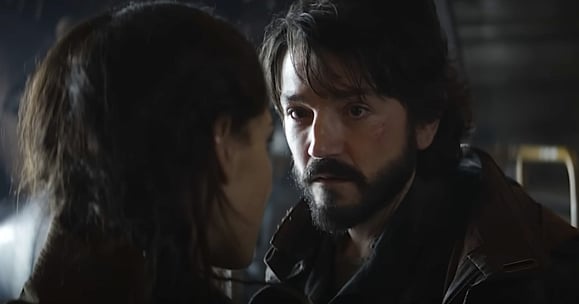
Discovering Cassian Andor’s origin story
After writing Rogue One, Lucasfilm President Kathleen Kennedy approached Gilroy about taking the helm of a TV show that was to be a prequel for the character Cassian Andor. The project proved more difficult than anyone had anticipated mostly because the producers couldn’t figure out exactly what the show should be – or how to pay for it.
“They tried it several times,” says Gilroy, “but they were always hampered by a couple of things.”
The first challenge was figuring out the construct of the show. Should it a procedural where each week Cassian Andor and his faithful robot go out and solve crimes? Or dig deeper into Cassie’s character and his need for rebellion? The second problem they encountered was how to pay for a show set in a highly detailed sci-fi world whose audience has come to expect perfection and nostalgia from the beloved franchise.
“They were really hampered by the economics of it because the economics of streaming hadn't really arrived during the time they were developing these other [Star Wars-related] TV shows. And there's really no way to do Star Wars inexpensively,” says Gilroy.
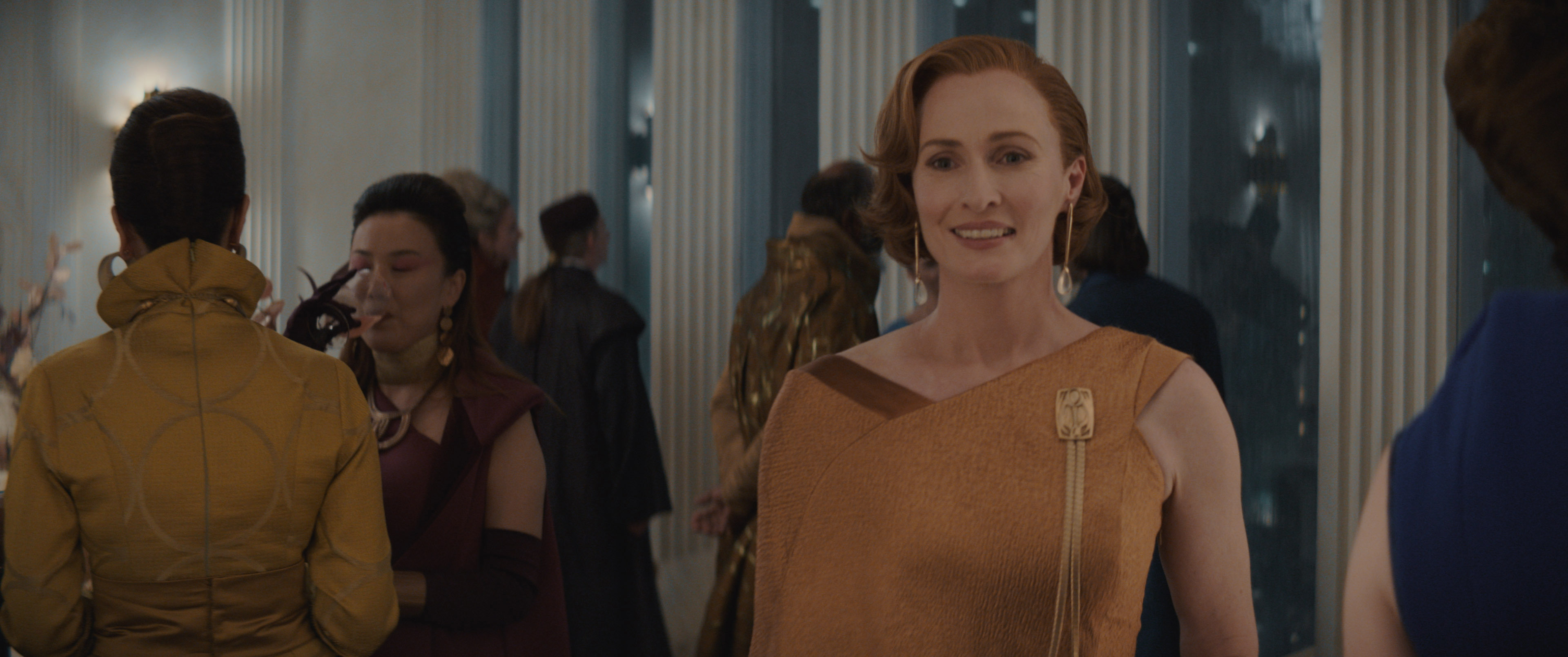
Gilroy created a ‘manifesto’
Gilroy gave his notes through the development process, but the show didn’t seem to be moving forward. At one point, he wrote a long letter to Kennedy about his vision for the show, he says, “Not as a job application, but as a friend. Later on, they went back and looked at this manifesto that I'd written and by then, they also had a lot more money and streaming was kind of arriving so we kind of started tiptoeing forward from there.”
Gilroy isn’t sure what part of his “manifesto” hit a nerve with the producers, but most likely, it had to do with Cassian Andor’s flawed character and the way Gilroy wanted to harness both his good and questionable qualities in the series – a bit of a departure for the franchise.
“[Cassian Andor] is obviously morally compromised and he's a killer. He's a pilot and he's a strategist and a leader. He’s the guy they trust to go out on their most important mission and he delivers it by being flexible in all kinds of things. And then at the end, he sacrifices himself for the galaxy, sort of willingly and consciously – he's kind of a really fascinating person. So, my concept was, if you're going to do a show about this guy over five years, my idea is that you take him as far away as you possibly could. How big a hole could you dig to put him in, for him to climb out?” says Gilroy.
In other words, Gilroy’s idea was to start a square one with Cassian Andor, before he was a hero and show the mistakes he makes along his journey to becoming the fully fleshed-out man on a mission we see in Rogue One.
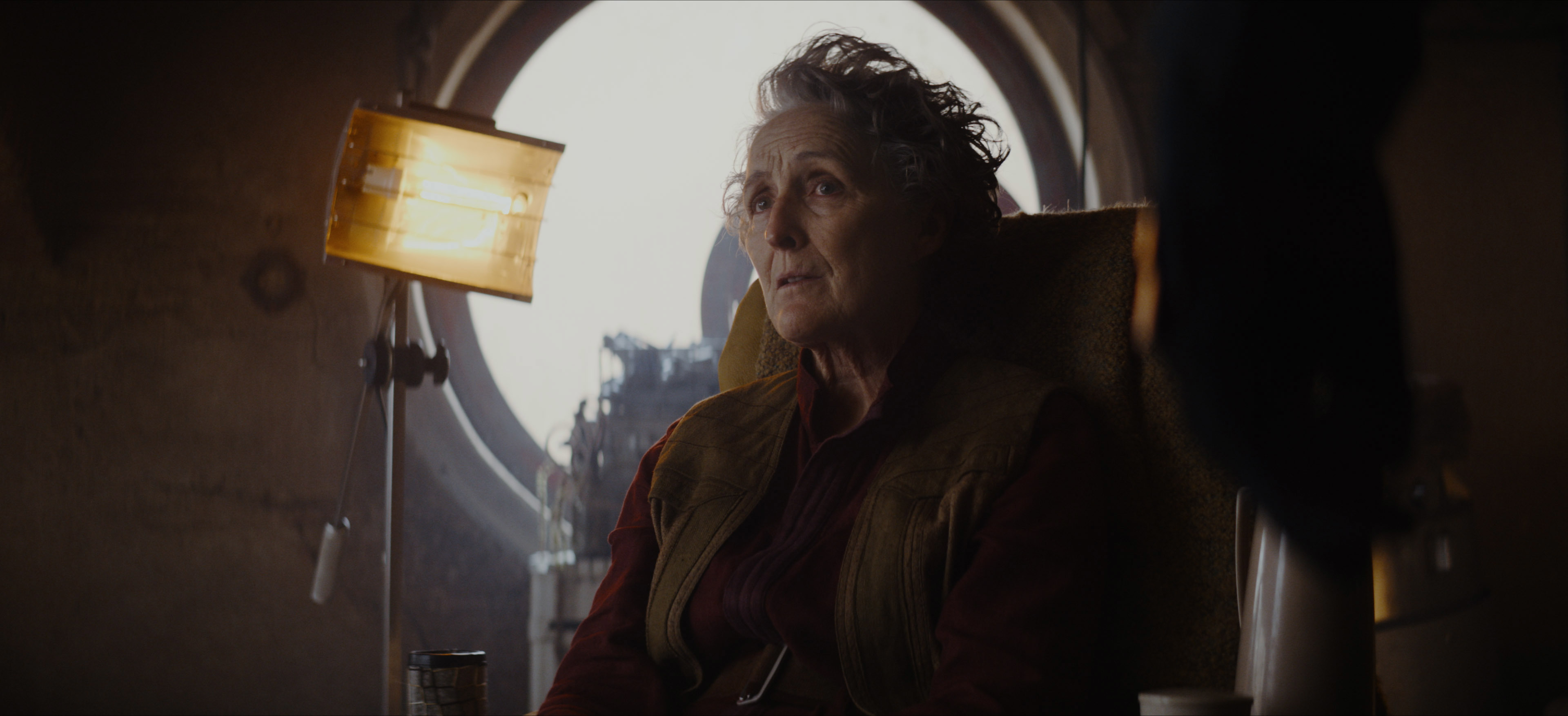
You say you want a revolution
The franchise has always been about a rebel army fighting against fascist, oppressive forces. Gilroy wanted to dig deeper into how these characters got there.
“For me, it was all about, ‘How do you become a revolutionary? How do you go on this Odyssey?’ But that’s also very difficult to do. So that was my hook on it. It's very dark. I mean, the manifesto is the show. It was proposing all these crazy things that we've done in the show that are very radical choices, and big gambles for Disney and Lucasfilm. But that was my point of view.” Luckily, the gamble paid off and fans love the show.
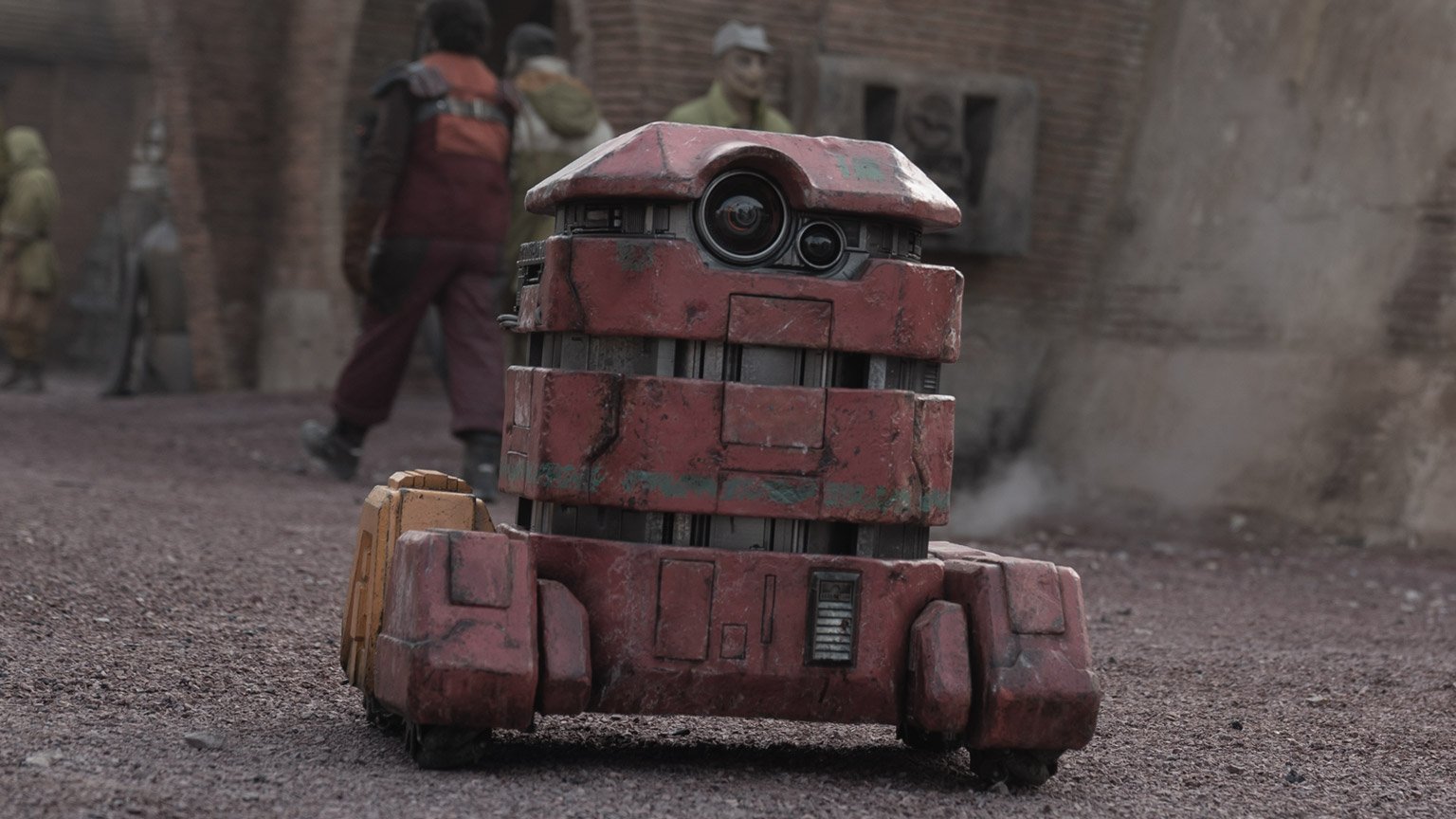
Making scrap metal feel alive
One familiar aspect of Andor that all Star Wars fans will recognize is the human-droid relationship between Cassian and B2EMO (operated and voiced by Dave Chapman). Droids in the Star Wars universe are often made of scrap metal and left-over parts, so making them seem compelling and likable can be a challenge.
“The bar for droids is pretty high,” says Gilroy, “So my concept for B was a dog. I thought, it would be really great for Maarva [Fiona Shaw] to have an old dog. It was a salvaged droid and we've invented a whole thing for it and all its mechanics. But the feel of it is a sweet, loyal old dog. So, that was the concept.”
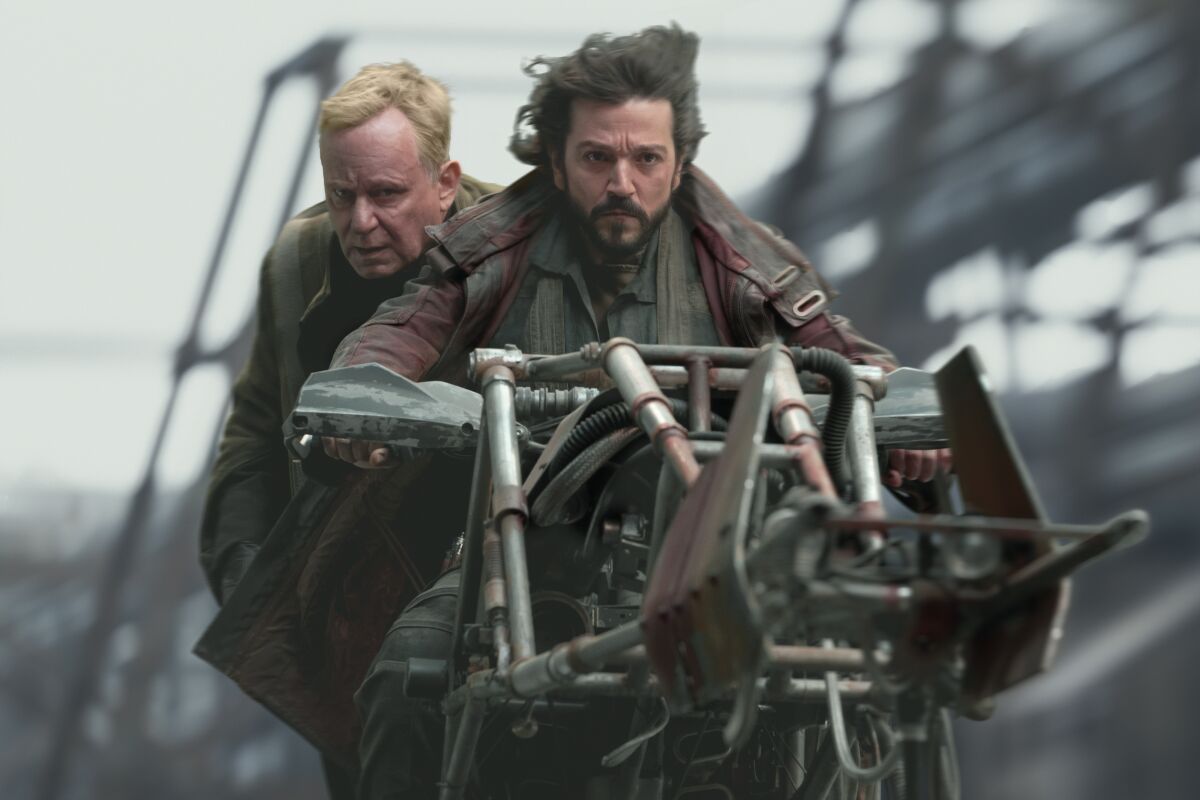
Action scenes need hooks
Also present in Andor are the fantastic action scenes that reveal the crafty, scrappy, and dare-devil nature of the show’s lead character. Gilroy says the key is finding a hook into the scene – especially the action ones.
“Well, I'm trying to find a hook in every scene. I think that's finally where I've come down after all these years. Every scene has to have a hook. I guess my basic tenant [for an action scene] is that it has to be a real, physical space.”
Obviously, not all locations are available for writers to walk through, especially if they only exist on fantasy worlds. But he maintains that the location has to feel incredibly real in your mind. Gilroy says his office is covered in little maps and drawings of locations that help him devise the action in the scene and keep it logical. Once that location feels like it really exists for him and he’s memorized every inch of it, the hard work can begin. He compares the difficulty of writing action to that of writing musicals.
Action as music
“Action movies to me are kind of like musicals. An action sequence is kind of a song and in really bad musicals, or in bad action pictures, they're kind of a jukebox. The song comes along and it's ‘Bang!’ here's the song. In really good musicals – and in really good action sequences – the song moves the story along. The song builds on what you already know and gives you something important.”
He says the process of getting every moment of action down on paper can be exhausting. But looking for mistakes characters might make, any limitations they might have or things that go wrong can all create that “hook” into the scene. Just watch the astonishing scene in episode 10 where Cassie is jailed in a huge floating labor prison alongside Kino Loy (Andy Serkis) and the unexpected happens: a water pipe breaks, allowing Cassian to disable the security system. His escape may seem like a happy accident, but it all boils down to character: how prepared they are, how fast they are on their feet and what they are willing to risk.
“[An action scene] is only ever really as good as the character beat that's inside of it. It's only really as good as the protein that's in there.”
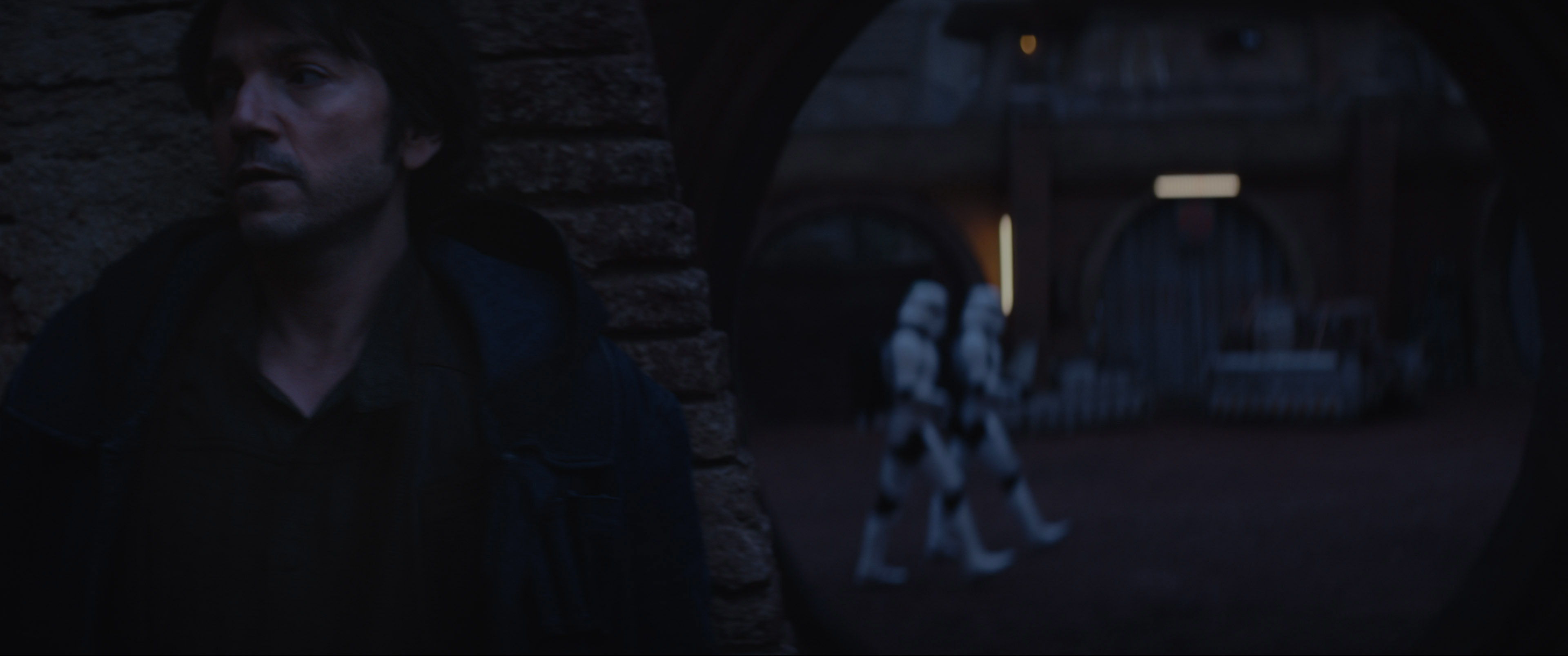
Don’t get stuck on one idea
Gilroy’s advice for writing an original pilot is to make sure you have a great idea – if not, then keep brainstorming until you do. “Don't get stuck on one idea. Too many people get an idea and then they flog it around and flog it around. They don't move on. There's a lot of benefit to moving on. Ideas are the most important thing. I'd rather have a five-star idea than a five-star anything else. I mean, the five-star idea is crucial.”
Season one of Andor is currently available to stream on Disney+.
Written by: Shanee Edwards
Shanee Edwards is an L.A.-based screenwriter, journalist and novelist who recently won The Next MacGyver television writing competition to create a TV show about a female engineer and was honored to be mentored by actress/producers America Ferrera. Shanee's first novel, Ada Lovelace: The Countess Who Dreamed in Numbers was published by Conrad Press in 2019. Currently, she is working on a biopic of controversial nurse Florence Nightingale. Shanee’s ultimate goal is to tell stories about strong, spirited women whose passion, humor and courage inspire us all.

